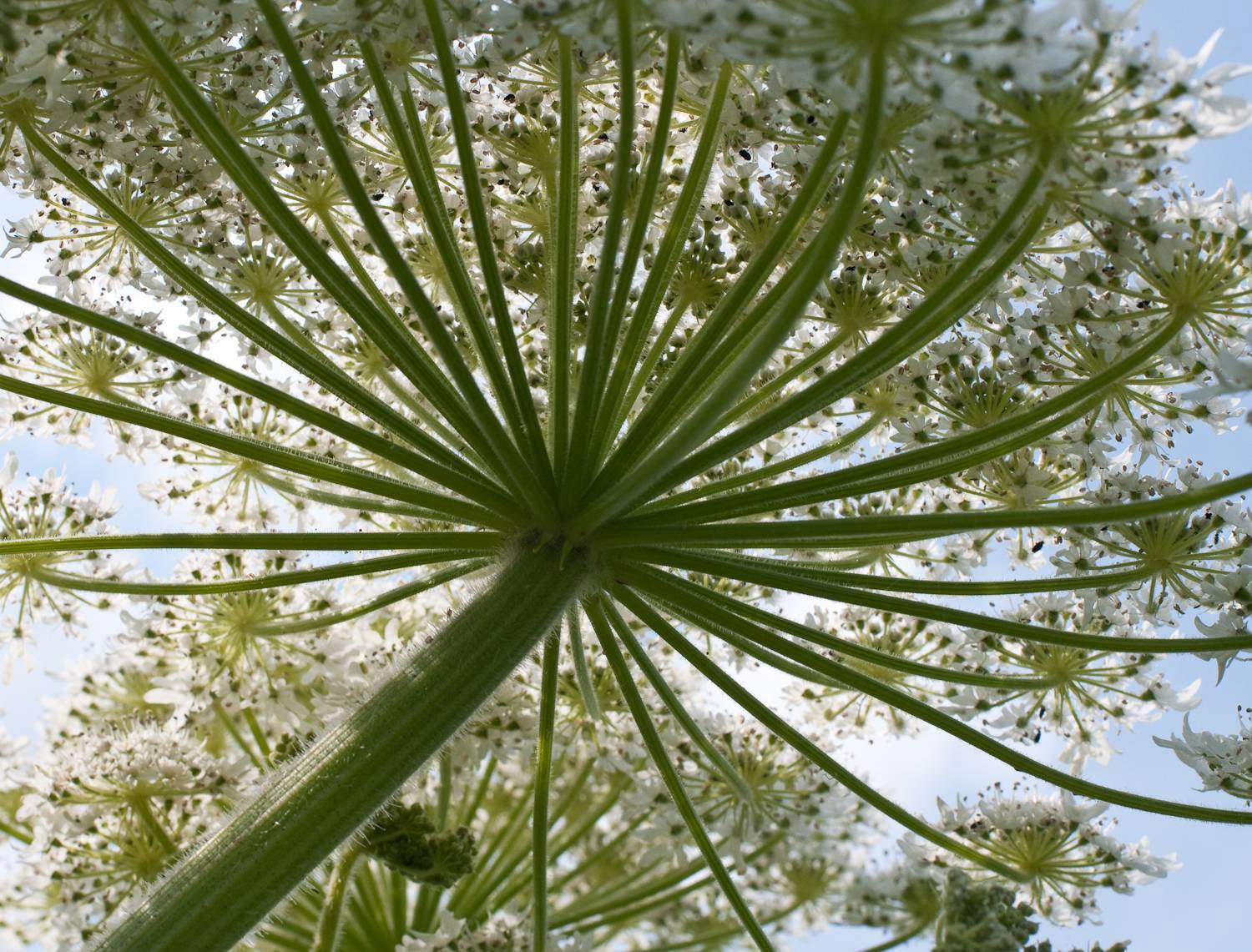Toxic giant hogweed plants leave children hospitalised, with one girl left scarred for life
At least five children have been left with severe burns after coming into contact with a toxic plant, whilst playing in public parks around Greater Manchester.

Your support helps us to tell the story
From reproductive rights to climate change to Big Tech, The Independent is on the ground when the story is developing. Whether it's investigating the financials of Elon Musk's pro-Trump PAC or producing our latest documentary, 'The A Word', which shines a light on the American women fighting for reproductive rights, we know how important it is to parse out the facts from the messaging.
At such a critical moment in US history, we need reporters on the ground. Your donation allows us to keep sending journalists to speak to both sides of the story.
The Independent is trusted by Americans across the entire political spectrum. And unlike many other quality news outlets, we choose not to lock Americans out of our reporting and analysis with paywalls. We believe quality journalism should be available to everyone, paid for by those who can afford it.
Your support makes all the difference.At least five children have been left with severe burns after coming into contact with a toxic plant, whilst playing in public parks around Greater Manchester.
In two separate incidents, the children, one aged as young as seven, brushed past a hogweed plant, resulting in painful chemical burns.
Annie Challinor, who is just seven years old, has been left with permanent scarring following her contact with the hogweed, found growing in Clifton Country Park in Salford.
According to the Daily Mail, at first there was no sign of any injury, when her daughter came into contact with the plant last Saturday.
“It was Sunday I noticed a long line on her shoulder and back but I thought it was a bramble scratch” said her mother, Annie Challinor.
“Then on Monday they'd turned into blisters, by that point she'd also got a high temperature and was in significant pain. She was very upset by the blisters, they looked hot and angry, and she cried a lot.”
She added that whilst Annie was in hospital, the medical staff washed and drained the injury, before dressing it too.
“They told us she will be left with a permanent scar and that bit of skin will re-blister every time it is exposed to sunlight, so it's total sunblock for life on that bit of skin.”
In a separate incident, four teenage boys came into contact with a different outbreak of hogweed, this time in council owned Moses Gate Country Park, Bolton, with two teens going to hospital for treatment.
Speaking to the Independent, a spokesperson for Bolton Council said:
“Our policy, which follows the DEFRA code of practice, is to immediately treat all instances of giant hogweed on our land to remove its presence.
“As soon as we were made aware of this plant by one of the parents of the children on Tuesday, we began treatment to remove it.
“We will continue to remove any giant hogweed as soon as it is reported, and would like to encourage the public to report any instances of what they believe to be giant hogweed on council land.”
What is giant hogweed?
Also known as cartwheel-flower, giant cow parsnip and wild rhubarb, giant hogweed is from the Apiaceae family of plants.
The sap causes phytophotodermatitis in humans, which can lead to blisters, burns and long-lasting scars. If the toxic sap comes in contact with eyes, it could even cause blindness.
To spot the plant, look for its giant size, its sharp cut leaves, and its prickly, purple-spotted stem.
Join our commenting forum
Join thought-provoking conversations, follow other Independent readers and see their replies
Comments